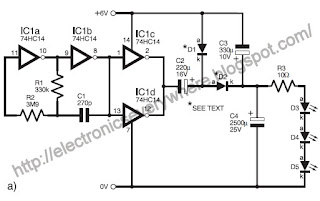ONE of the most useful facilities in the electronic experimenter’s workshop is an ability to generate a.c. test signals of various waveforms, frequencies and amplitudes. This is where this Function Generator project comes in, the “function” in the name referring to the waveform of its output signal.
The Generator can be used for testing or driving many circuits, from below audio up to a couple of hundred kilohertz, and may even be used as a variable speed clock for logic circuit testing. It has sine, square and triangle-wave outputs plus a separate 0V to +5V squarewave output for logic driving. This may also be used with a “sync” input when, for example, inspecting low-level signals on an oscilloscope.
Circuit Detail:
The full circuit diagram is shown in Fig.1. Starting with the power supply, this is of the dual rail type. The very low output frequencies require d.c. coupling in the output circuit, which in turn makes a circuit using separate positive and negative supplies about a central 0V or ground much simpler to design.
